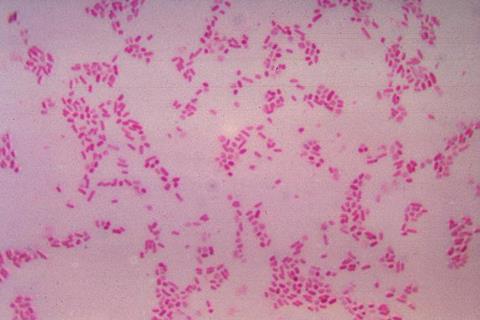Gut dysbiosis has been reported in severe liver diseases. However, information on the impact of hepatitis E virus infection on the gut microbiota, and the association between enteric microbiota disturbances and acute hepatitis E (AHE), is limited, particularly in elderly patients with AHE (AHE-elderly).

The objective of a new study was to characterize the AHE-specific microbiome in elderly patients and evaluate its association with clinical outcomes.
READ MORE: Hep E virus can live out entire life cycle in kidney cells
READ MORE: Hepatitis E virus attacks nerve cells
Fecal samples and clinical data were collected from 58 AHE-elderly patients (46 self-healing cases, 12 non-self-healing cases) and 30 elderly patients with healthy controls (hereinafter referred to as HCs-elderly). Gut microbiota composition was analyzed using 16S rRNA gene sequencing. Bioinformatic analyses, including alpha diversity and STAMP, were performed. The predictive potential of Bacteroides fragilis was assessed using statistical analysis and receiver operating characteristic curves.
Microbial diversity
Alpha diversity indices showed no significant differences in microbial diversity between the AHE-elderly and HCs-elderly groups, nor between self-healing and non-self-healing groups among AHE-elderly patients.
Nevertheless, a trend toward altered species richness was observed. In the AHE-elderly group, the relative abundance of Firmicutes, Lactobacillales, and Bacilli increased significantly. Meanwhile, compared with the self-healing group, Bacteroidetes were more abundant in the non-self-healing group.
At the species level, Bacteroides fragilis was the most abundant in the non-self-healing group, significantly contributing to the divergence in gut microbiota between the two groups.
Potential biomarker
The study reveals significant differences in the gut microbiota composition between elderly patients with AHE and healthy controls. The relative abundances of Bacteroidetes, Lactobacillales, and Bacilli can effectively distinguish AHE patients from HC individuals.
Furthermore, the abundance of Bacteroides can differentiate self-healing cases from non-self-healing cases among elderly AHE patients. This study identifies Bacteroides fragilis as a potential biomarker for disease outcomes. Future studies should explore the causal relationships between gut microbiota and HEV infection in larger, longitudinal cohorts.
The study was recently published in the Journal of Clinical and Translational Hepatology.







No comments yet